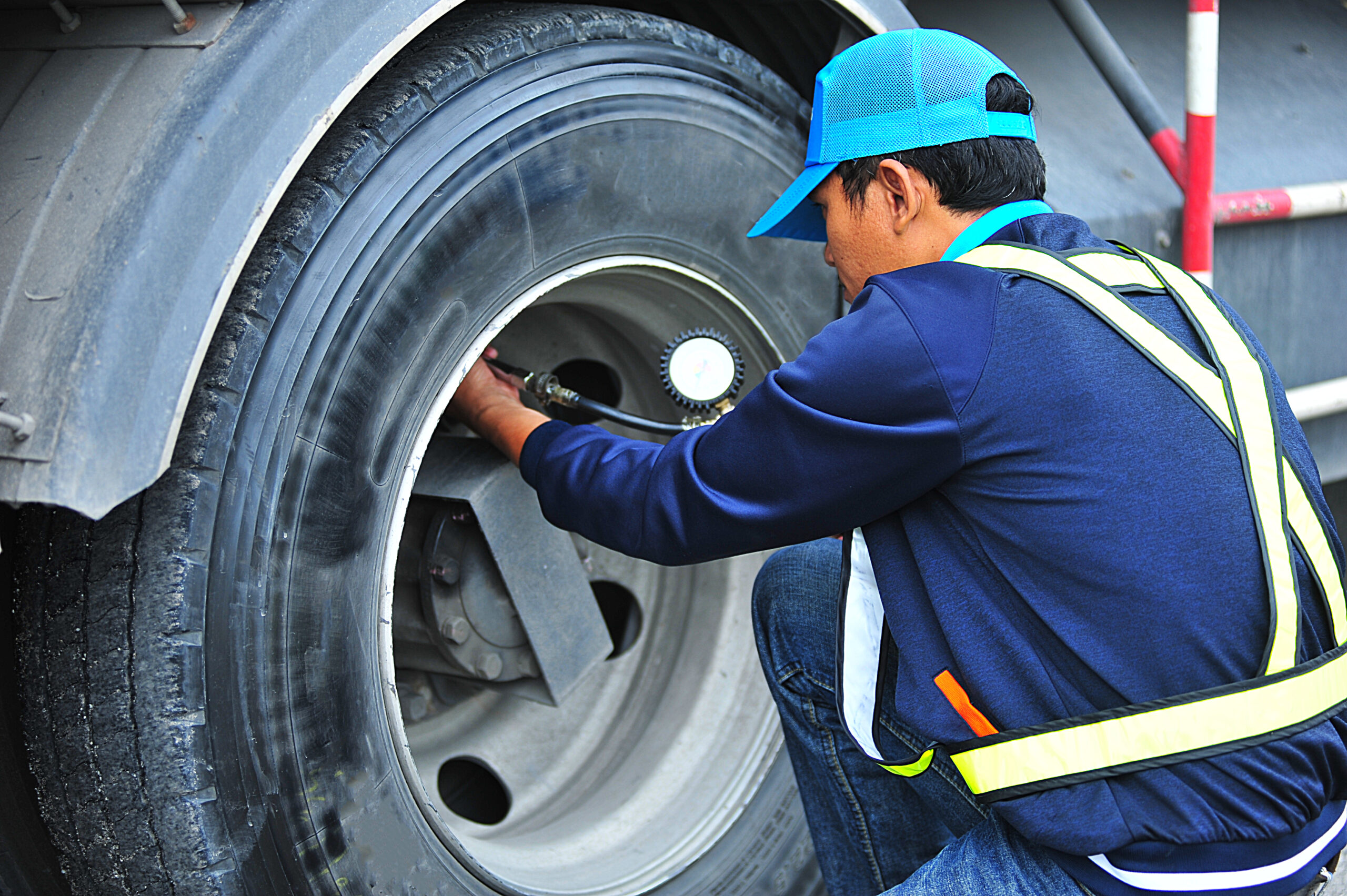
How To Inflate Dual RV Tires: A Detailed Guide
A trip can be fun, or it can be frustrating, depending on the state of your tires. When your tires are properly inflated, you will have a safe and comfortable trip. If they are not, you could encounter major problems, such as a blowout on the road. Dual RV tires add an extra wrinkle to your tire maintenance.
If a tire is underinflated even as low as 20%, it reduces its lifespan by 30%. Likewise, if it is overinflated in the same percentage, there is a 10% decrease in the tire’s life expectancy. Moreover, there is an increase in the chances of something going wrong along the way.
Inflating an RV tire is simple, or at least it should be. But with dual RV tires, it becomes a little more complicated. This article will provide a detailed step-by-step guide on how to inflate dual RV tires.
What are dual RV tires?
A vehicle having dual RV tires means there are two tires side by side. Dual tires are usually located at the rear of a vehicle. Generally, dual RV tires are more common with Class A and Class C motorhomes.
Dual tires have their benefits, as each tire helps share the load with the other. As such, overloading is less likely. Another benefit is that it improves braking compared to a single-rear-wheeled vehicle. But beyond stability, dual tires are beneficial when one gets damaged. The undamaged tire helps maintain some control until the vehicle can stop and the other tire is fixed.
How to inflate dual RV tires: A step-by-step guide
Step 1: Get an air compressor. The air compressor should be one with a high enough PSI rating. Dual RV tires are typically required to be filled to as high as 120 PSI. However, not all air compressors can go that high. If you decide to use an air compressor, make sure it can reach at least 120 PSI.
Step 2: Get a pressure gauge. You will need a pressure gauge long enough to reach the valve stem to use the air compressor. The pressure gauge helps you keep an eye on the tire’s PSI to ensure you don’t underinflate or overinflate.
Step 3: Inflate the outside tire. Detach the stem cap, attach the air hose and chuck to the valve system, and add air to the tire. Remember to check the tire pressure while inflating the tire. Then, replace the stem cap.
Step 4: Access the inner wheel’s valve stem. To fill your dual RV tire, you must reach the inner valve stem. An angled inflator chuck helps you reach the valve better. Inflator chucks also come in different lengths. However, you may have to do a few trials to know the one that works. Alternatively, you can consider getting a valve stem extension that has multiple angles.
Step 5: Attach the inflator chuck to the valve stem of the tire. Hook the valve stem with the air compressor.
Step 6: Fill the inner tire with the air compressor. The next step is to squeeze the lever on the compressor hose and pump air into the tire. Release the lever and check the current PSI rating of the tire. Keep doing this until you reach the required pressure. Go slowly and steadily because while you want to reach the expected rating, you don’t want to go above. Underinflated tires will overheat and pose greater risk of an accident. Overinflated tires will decrease in the tire’s lifespan and cause a rougher ride. Both scenarios can cause premature tire failure.
Step 7: Replace the stem cap. When replacing, tighten the cap moderately to prevent the cap from cracking.
Problems When Inflating Dual RV Tires And Solutions
You may encounter some challenges while inflating your dual RV tires. The most common problem is accessing the inner wheel’s valve stem. If your dual rims are properly aligned, reaching the inner stem shouldn’t be difficult. In addition to misaligned rims, you may have valve stems that are too short or missing the extender.
Another issue is the protective rubber saddle that keeps the valve stem centered in the outer wheel is missing or worn. This causes the stem to wear on the edge of the outer wheel.
What Should You Consider When Inflating Dual RV Tires?
Tire Pressure Equalization System
Semi-trucks and large buses or motorhomes may utilize a tire pressure equalization system, which ensures both tires are at equal pressure. You typically don’t see these on RVs, but high-end motorcoaches might be a good candidate for them.
Either way, it’s important that both tires in a dual pair be set to the same pressure.
As always, check your owner’s manual to know the required pressure rating for your RV tires. Check the tire to know its pressure rating. The pressure ratings are usually located on the sidewall of the tire, however, it’s best to weigh your RV and set tire pressure according to load charts for your tire manufacturer, based on the weights taken.
When should you check the tire pressure on your dual RV tires?
Check your dual RV tires:
- Before setting out on for the day’s drive.
- When you stop for fuel. Give at least a visual check, a thump test, or a laser temperature gun check.
- Once per month when in storage.
Conclusion
Dual RV tires add only a few extra considerations to your regular tire maintenance. Ensure they are equally pressured and the inner valve stem is in good shape, and you should be fine. Also consider a good tire pressure monitoring system for constant tire pressure monitoring.
Make sure you keep track of all your RV maintenance and repairs with an online tool such as RV LIFE Maintenance. Not only can you keep all of your documents in one place, but you’ll also receive timely reminders when maintenance is due to help you avoid costly repairs and potentially serious accidents.
About the Author
Mark Johnson is the Founder and Editor In Chief of tiresglobe.com.



